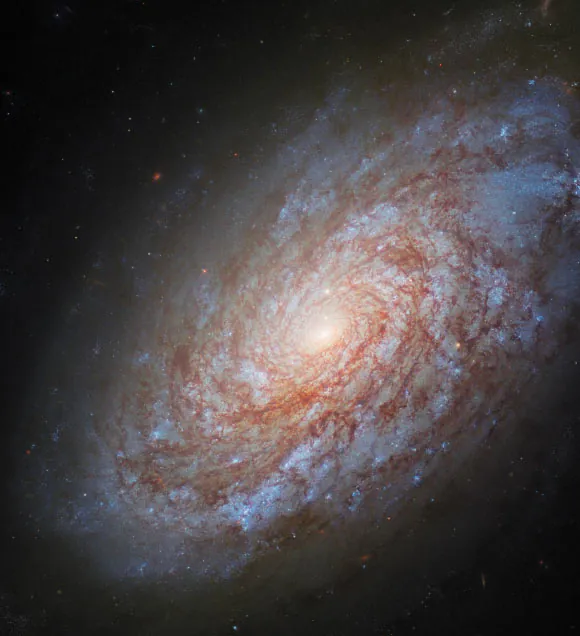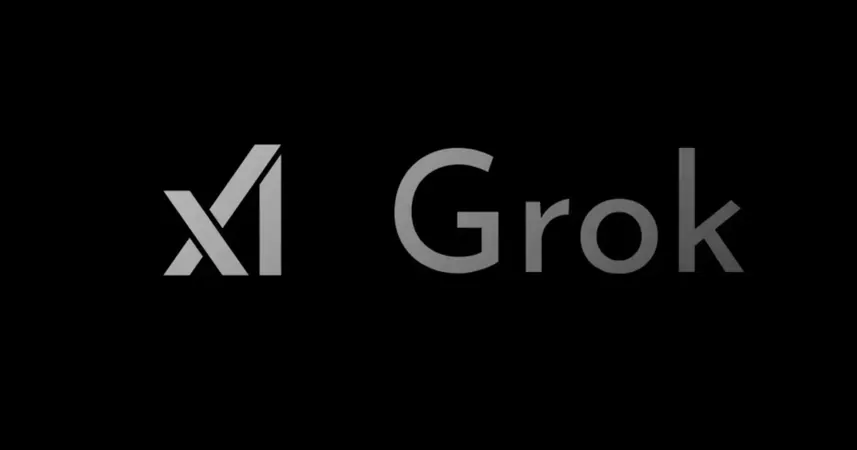
Hubble's Stunning New Look at the Enigmatic Spiral Galaxy NGC 4414
2024-10-28
Author: Daniel
Astronomical Beauty Revealed
Astronomers have unveiled a breathtaking new image of the unbarred spiral galaxy NGC 4414, thanks to the awe-inspiring capabilities of the NASA/ESA Hubble Space Telescope. Nestled approximately 51 million light-years away from Earth in the constellation of Coma Berenices, NGC 4414 is a true marvel of the cosmos.
A Galaxy of Many Names
Known by several names, including the Dusty Spiral Galaxy, Ark 365, IRAS 12239+3129, LEDA 40692, and UGC 7539, this galaxy boasts a diameter of about 56,000 light-years. First spotted by the German-born British astronomer William Herschel on March 13, 1785, NGC 4414 has garnered attention over the centuries not just for its beauty but also for its scientific significance.
A Celestial Neighborhood
The galaxy is a member of the Coma I Group, a collection of galaxies that closely neighbors the Virgo Cluster, hinting at the complex gravitational dance of celestial bodies occurring in our universe. Hubble previously examined NGC 4414 in 1995 and 1999, primarily to study Cepheid variable stars.
The Importance of Cepheid Variable Stars
Cepheids are extraordinary variable stars that exhibit stable and predictable brightness changes, which astronomers refer to as their luminosity variations. These characteristics allow scientists to gain insight into the stars’ physical properties, such as mass and absolute brightness. Consequently, when astronomers analyze the light variations, they can ascertain the distance to these stars accurately, giving them the nickname 'standard candles' within the astronomical community.
Measuring Cosmic Distances
Hubble's observations of Cepheids in NGC 4414 have produced extraordinary results. These stars serve as crucial tools for distance measurement in the universe, enabling cosmologists to derive accurate scales for supernovae distances, which ultimately inform our understanding of the Universe’s expanse and age. Thanks to Hubble's contributions, the cosmic age is now estimated at around 13.7 billion years, with much improved precision compared to previous measurements.
Unlocking the Mysteries of the Universe
In summary, the latest images from Hubble not only continue to showcase the beauty of NGC 4414 but also reaffirm the telescope's pivotal role in unlocking the mysteries of the universe. As astronomers further delve into its depths, who knows what other cosmic secrets this spiral galaxy might reveal?

 Brasil (PT)
Brasil (PT)
 Canada (EN)
Canada (EN)
 Chile (ES)
Chile (ES)
 España (ES)
España (ES)
 France (FR)
France (FR)
 Hong Kong (EN)
Hong Kong (EN)
 Italia (IT)
Italia (IT)
 日本 (JA)
日本 (JA)
 Magyarország (HU)
Magyarország (HU)
 Norge (NO)
Norge (NO)
 Polska (PL)
Polska (PL)
 Schweiz (DE)
Schweiz (DE)
 Singapore (EN)
Singapore (EN)
 Sverige (SV)
Sverige (SV)
 Suomi (FI)
Suomi (FI)
 Türkiye (TR)
Türkiye (TR)